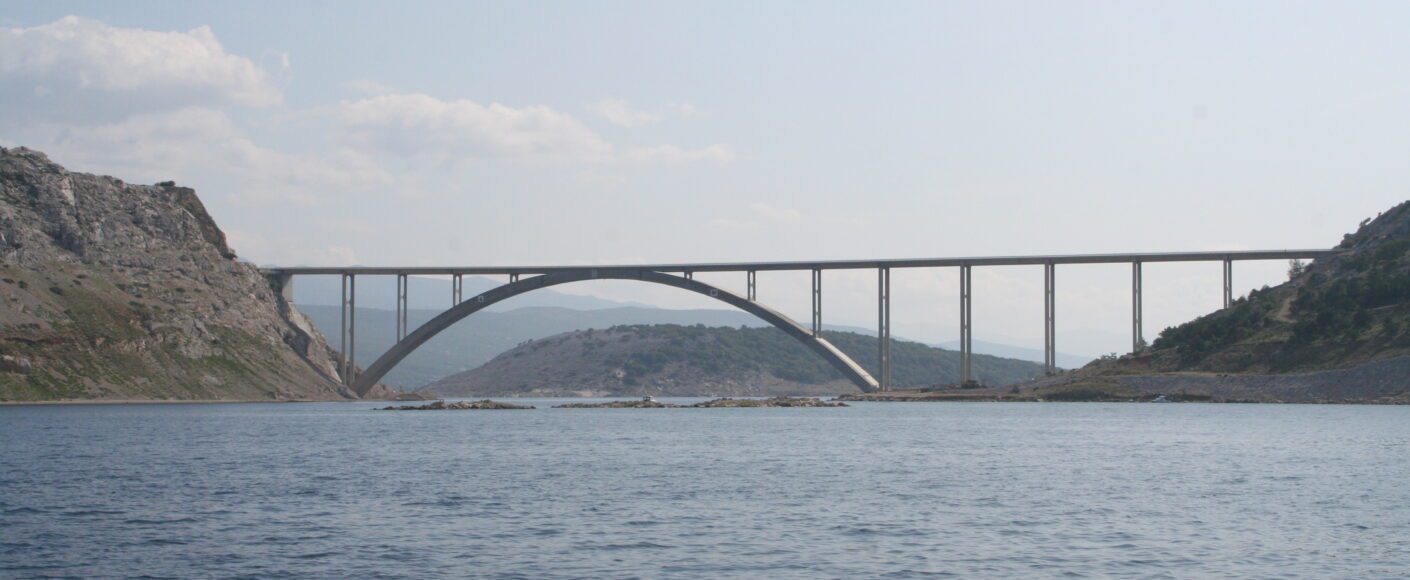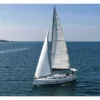Krk Island – culture and nature

Krk Island: Croatia, known for its picturesque landscapes and rich history, tempts tourists with the number of its islands. However, one of the most fascinating is Krk, the country’s largest island, surrounded by the Adriatic Sea, east of Rijeka. Let’s discover the charm of this island, where history, nature and culture are intertwined in a harmonious story.
Geography: from highlands to coasts
Krk is a land of diverse terrain. Its upland surface, mostly composed of limestone, offers unusual karst phenomena and a Mediterranean climate. Major cities such as Krk, Malinska, Punat and Omišalj, Baška, Vrbnik and Dobrinj show the diversity of the place.
In the south of the island are two mountain ranges, with the highest peak Obzova (569 m a.s.l) In Baška, on the bay of Bascanska Draga, stretches a much-visited resort, known for its 1,900-stone beach m. The eastern coast of Krk, due to continental winds, is poor in vegetation.
Economy: from agriculture to tourism
Krk is a region heavily focused on tourism, offering numerous resorts. Agriculture is dominated by viticulture, grains, vegetables, citrus fruits, goat farming, sheep farming and fishing. The town of Vrbnik produces the prized vrbnicka zlahtina wine. The opening of the Krk Bridge contributed to the rapid development of industry, especially in the northern part of the island, where the oil port, airport and industrial plants are located.
History: a cultural mosaic
The oldest inhabitants of Krk were Illyrians, however, the influence of the Romans, Slavs and Venetians left indelible traces. The city of Krk, with its surrounding areas under the Frankopan family, had almost complete independence. Later, Austria-Hungary took control of the island, and since 1920 Krk has belonged to Croatia under the Treaty of Rapallo.
Later, control of the island was taken over by Austria-Hungary, and since 1920 Krk has belonged to Croatia under the Treaty aIn the village of Jurandvor, one of the oldest monuments to the Croatian language was found, a stone tablet written mainly in Glagolitic – the so-called Rapallo. bašćanska ploča from ca. 1100
Krk Bridge: an engineering masterpiece
In 1980, the Krk Bridge was opened, connecting the island to the mainland. This impressive piece of engineering features the world’s longest concrete arch span, with a span of 390 meters. It has made travel to the island easier and increased tourist interest.
Krk is not just an island on the map of Croatia; it is a fascinating place full of contrasts, where history intertwines with the terrain and nature inspires you to discover new corners. From interesting caves to charming beaches, Krk invites you to explore its secrets.




